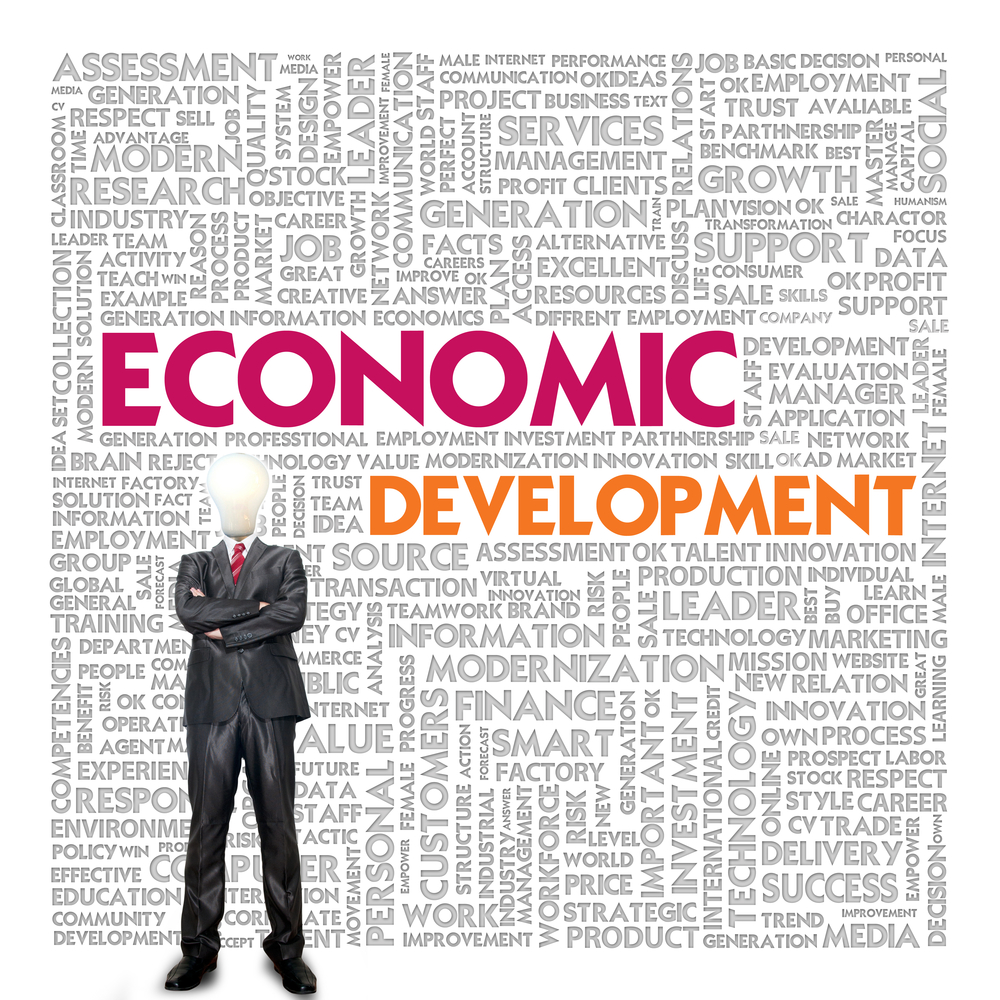In less than a months time I will be up on the TEDx stage disucussing the issues with higher education and the labor markets. Specifically on the over supply of higher education in the marketplace which is causing major issues in our labor markets. This has been driven by staticaly thinking in a dynamic market. Without spoiling too much of the talk, the key component to fixing supply and demand in the labor markets is floating the student loan interest rates. This would naturally push capital to high demand degrees and universities and less capital to lower demand degrees and universities. This is a dynamic appraoch to a dynamic market which is what we need in complex markets.
As many of you know, the other issue I have been passionate about in the last year is state subsidies and economic development. Specifically, large one time tax abatement and incentive deals with private enterprise. I recently addressed this issue in a OpEd in the Reno Gazette Journal, Subsidies Unfair to Small Businesses and Taxapayers. As an individual that appreciates and respects the free market and its complexity I always think we must logically work through unintended consequences or issues that arise from taking large scale action. After I wrote this article it got me thinking on where the middle ground is on this issue given the fact that it is highly unlikely these large state deals are going away anytime soon.
A friend sent me a breakdown of all the Nevada tax incentives and abatements and it hit me that the issue is in our approach and thinking regarding incentives. We are thinking about economic development statically in a dynamic market. There is compromise here if we start to change our thinking and shift our economic incentives to a dynamic structure.
The current economic development strategy and incentives are static so regardless of where we stand on key economic indicators (i.e. water supply, student per teacher, housing supply) the incentives are the same. This is where the flaw is and why there is inherent conflict and polarization in this issue. You have one crowd that is pro growth and lets take a risk to diversify and we will figure it out later. The other group wants to put the brakes on and stop growth until we look at all the moving parts. The friction has caused each group, including myself, to dig their feet in and push for their position harder.
Getting to my point, if we start to dynamically change economic incentives and abatements based on key economic indicators this will naturally allow us to promote growth when the state infrastructure can absorb the growth and minimize growth when the state infrastructure can not absord growth.
For example, if we started to review key economic indicators like unemployment rate, water and power rates/availability, housing supply, and students per teacher we can get a sense of the current burden on the infrastructure. In the event we have low unemployment, low housing supply, moderate to high energy costs, and high student per teacher ratio we should shift the incentives to be less attractive due to our labor markets being strong but our infrastructure being slightly over burdened.
The incentives would dynamically fluctuate based on the movement of the key economic indiciators, this would give the state a logical backing in which to shift incentives in the market place. This is thinking dynamically rather than statically and will help match our growth strategy to the underlying state infrastructure and economy.
The rebuttal to this position will be on the basis of whether there will ever be growth or an ability to attract private enterprise without taking on some risk. It is a chicken and an egg problem. The current thinking is we need to attract companies like Tesla and Farady and then we will build up infrastructure afterwards. This will always put the infrastructure behind the growth and make it unsustainable long term.
The solution to this problem again is dynamic thinking, incentives shift based on where the need is in the economy. Lets go back to the above example. We have low unemployment, low housing supply, moderate to high energy costs, and high student per teacher ratio. In this situation, dynamic incentives towards companies would be less attractive and the attractive incentives would shift to home builders and utilities to promote growth in infrasturcture to increase housing supply and energy/water supply for future growth and job creation.
Once a certain metric is hit then the incentives would shift back to attacting companies without major impact on the infrastructure and economy. This dynamic approach would help match supply and demand between job creation and infrastucture development.
I think now is the time to bring both sides to the table to have an objective and thoughtful conversation on growth and economic development. We need to push towards a collective resolution that addresses all the parties interests and I believe that this is done primarily through taking our thinking from static to dynamic.

What are your thoughts on underappreciated fields in this regard? For example, human services fields such as social workers and teachers? Would you consider such positions high demand? And if so, what are your thoughts on increasing salaries in those areas, and what that might do to the economy? Looking forward to your TedX.